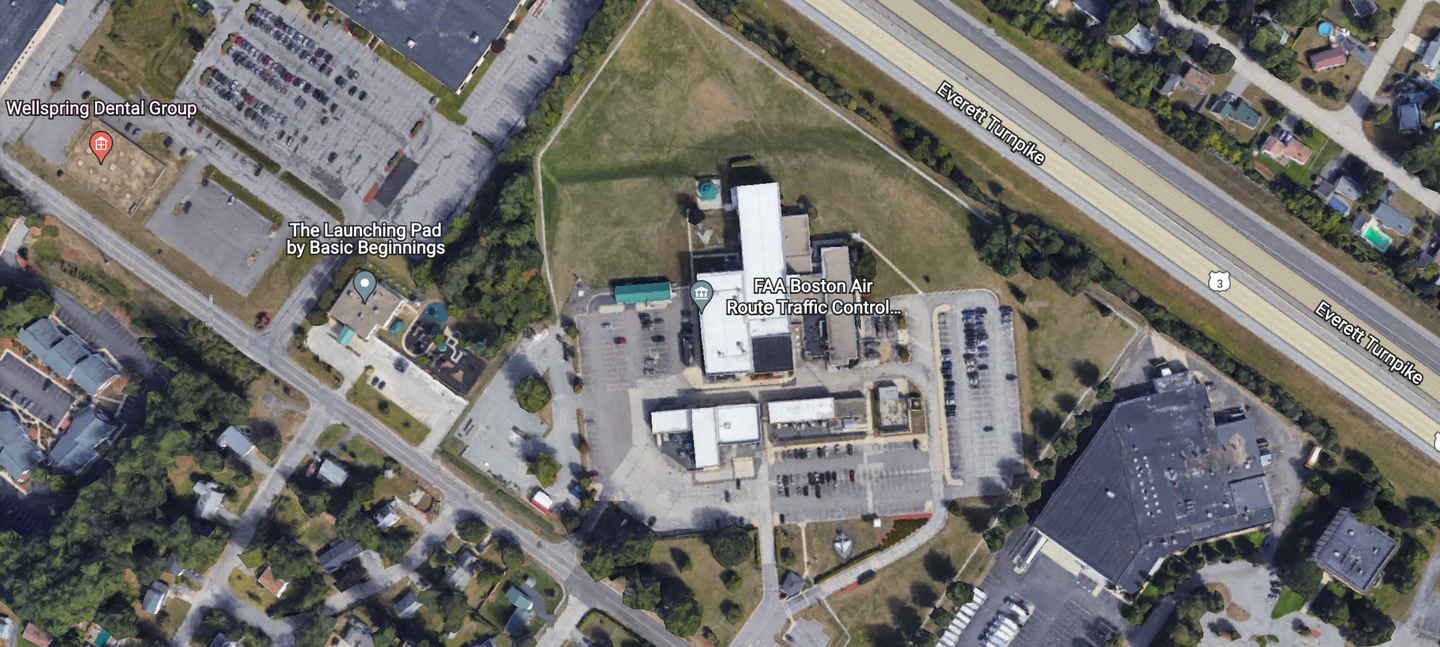nivek
As Above So Below
Veteran Air Traffic Controller On Dealing With Stranger Things In The Sky
"Makes you feel like they are just keeping things from you."That’s how Colin Scoggins describes the U.S. military’s response to a potential unidentified aerial phenomena (UAP) sighting during his time with the Federal Aviation Administration (FAA) at Boston Air Route Traffic Control Center. Scoggins is now retired, but his recountings of various instances when he and his colleagues saw mysterious blips on their radars or heard reports of other sightings are timelessly intriguing.
Scoggins began his career with the U.S. Air Force, working on fighter jets like the F-4 Phantom as a crew chief. Once he got out, he started school at West Virginia University and slung drinks part-time at a local bar to pay the bills. It was at this establishment that he happened to meet three air traffic controllers (ATC) who were working the tower at Morgantown Municipal Airport in the spring of 1981.

An F-4D Phantom II of the 401st Tactical Fighter Wing. Scoggins was a crew chief in the Air Force who worked on aircraft like the F-4.
“They were joking about going on strike in June, and I was almost thinking about going back into service,” Scoggins told The War Zone. “And they said, ‘No, you should become a controller.’ So, I actually took the test back then, and then they ended up going on strike in August and I had already moved back up to the northeast and I called over to the regional and told them that I was interested in, you know, becoming a controller.”
Unfortunately, he was told that the test he had already taken was out of date and that he'd need to take the new one. Upon passing the updated exam, Scoggins found out it could be about a year until he learned whether or not he had gotten the gig. Young, in a relationship, recently accepted into Northeastern University, and in need of reliable income, Scoggins once again considered going back into the Air Force. That was until just a couple of days after Christmas when a request for an interview turned up in the mail. In 1982, Scoggins started training for his position with the FAA.

The Morgantown Airport that the three ATCs who told Scoggins to become one worked at in Morgantown, West Virginia.
Once officially hired, he worked the airspace in northern Maine until a powerlifting accident resulted in a shoulder injury that required Scoggins to take medication for an extended period of time. Because of that, he was taken off the floor and moved to the aerospace office where he would work throughout his healing process. After working in this role and serving a bit more time on the floor, Boston Center’s military liaison was removed from his position in 1995, and Scoggins was asked to work both the military and civilian airspace sides of his department in the interim. Then in about 2005, he was relieved from his controller position and became Boston Center’s military specialist until he retired in 2016.
With over three decades of experience working for both the military and the FAA, Scoggins isn’t short on stories. Retellings ranging from some of the first RQ-4 landings to his hand in the tragic United 93 flight are just a couple of the career-defining moments that Scoggins could share, but his experience with strange things that occurred in or near the nation's airspace is nonetheless notable. While some were either quickly or gradually debunked, the happenings still act as unique insight into how the FAA and the military handled UAP sightings, especially prior to 9/11.

Aerial view of the FAA's Boston Air Route Traffic Control Center in Nashua, N.H.
In terms of UAP protocol, Scoggins explained that his department had a relatively standard requirement to report anything they had seen or received accounts of to the team's supervisor who would then pass it along to the operational manager. He said it was also procedure to report it to the military, and for Scoggins, that meant contacting the Northeast Air Defense Sector (NEADS).
"Understand most controllers are a certain personality," Scoggins said. "Normally we are controlling individuals. We like to control pretty much everything and none of us have any patience. I still don’t have any patience today after being retired for six years."
Sometimes, though, Scoggins said that a particularly busy day would only warrant an acknowledgment of a possible incident before time constraints would require that the team moved on. Others would lead to dedicated investigations.
"As far as how most controllers feel if they are real, I think most think they are," Scoggins said. "And whether they believe they are not from our world, I am sure there are a few. I would think most believe they are probably from our world and probably our own government."
.
